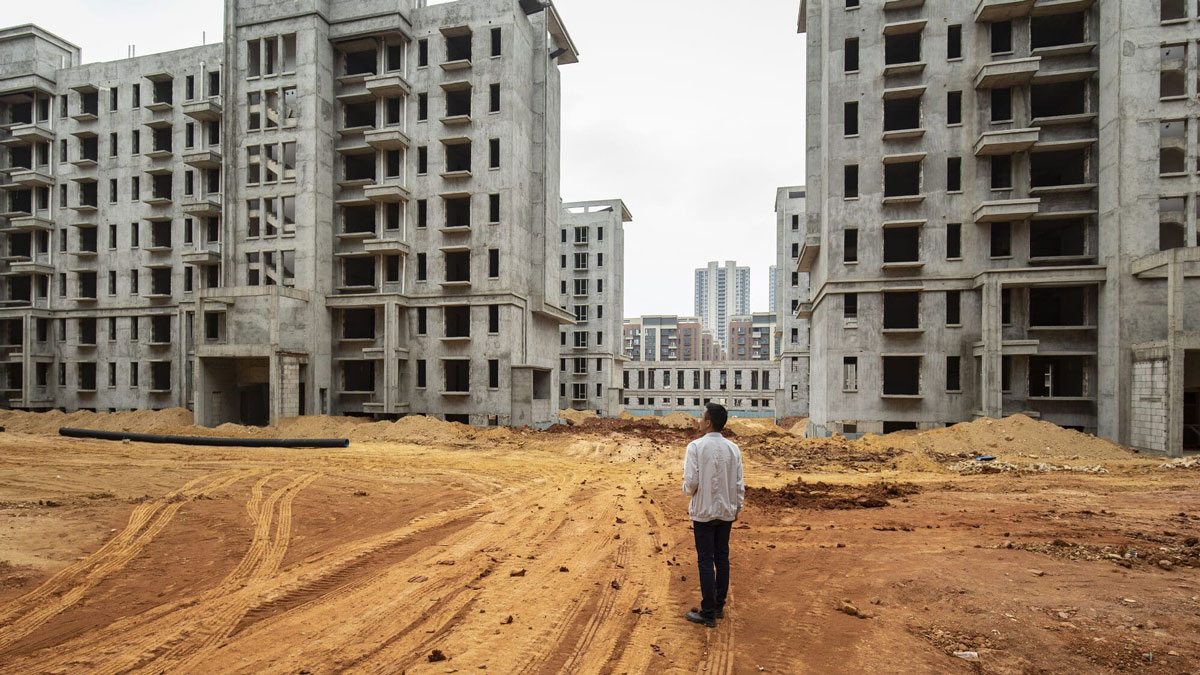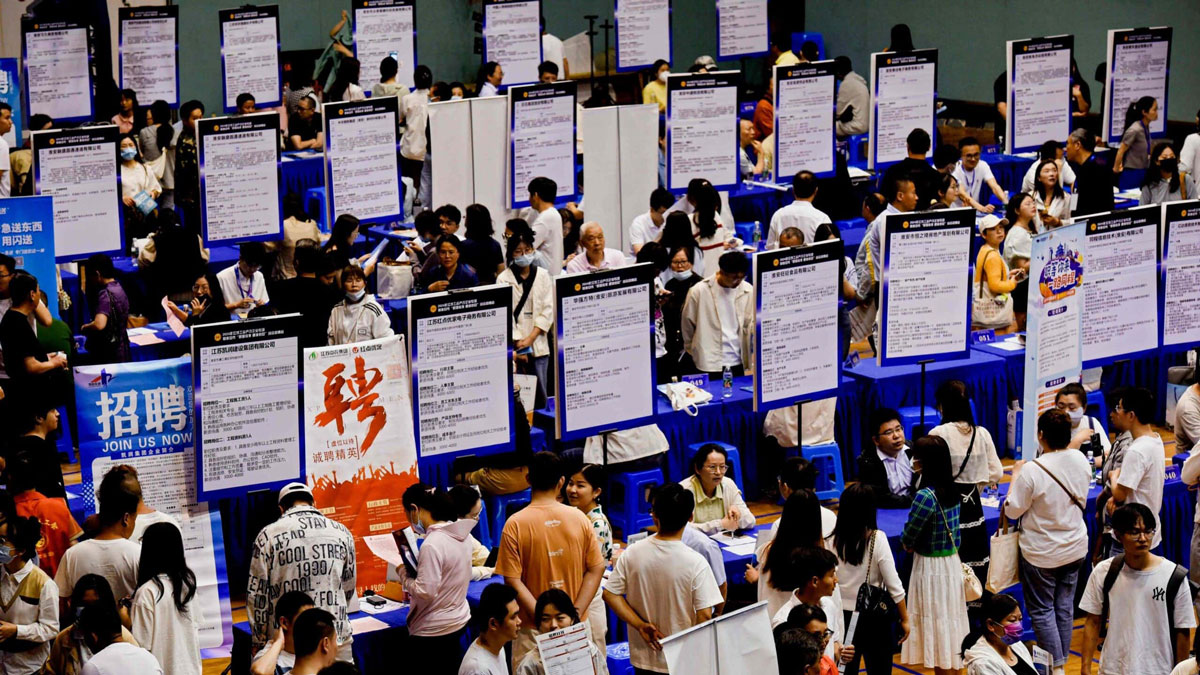Trade distortion and protectionism
China teeters ever closer to a 'lost decade'

Published 04 February 2025
Aggressive economic stimulus measures dished out by China’s financial regulators are doing little to revive a stagnating economy. The decline in the efficiency of Chinese investment has led to a capital stock that is now bloated relative to the returns that it generates, threatening a full-scale financial crisis. As Beijing tries to avoid a Japan-style ‘lost decade’ of growth, the government doesn't appear able to come up with new ideas to solve its conundrum.
In late September 2024, the People’s Bank of China and other financial regulators in China announced the biggest package of economic stimulus measures since the pandemic, aimed at supporting flagging economic growth: more than US$100 billion worth of new loans and programs were launched to soak up huge excesses in China’s beleaguered property market. It was unsurprising that the impact rippled across global capital markets. The Chinese yuan strengthened and Chinese equities rallied.
But the euphoria did not last, as with each previous round of stimulus. The message from investors is clear: We have been here before, many times, and we do not see anything new. Increasingly, China’s economic slowdown since 2020 resembles that of Japan’s ‘lost decade’ from the early 1990s to the 2010s.
In simplified terms, the rapid growth of China’s economy can be thought of as occurring in three phases. The late 1970s and 1980s were about the abandonment of Maoist orthodoxy and the allocation of existing resources more efficiently. The 1990s and 2000s were the development of the export-orientated industrial complex as China’s key driver of growth. China’s current economic woes are rooted in its change of policy direction in 2008.
Download China teeters ever closer to a ‘lost decade’ by Stewart Paterson:

Since the global financial crisis, Beijing’s emphasis has been on investment-led growth with an increased and still increasing role for state direction of that investment. The returns on the underlying assets created during the height of this period are falling to levels that are dangerously close to, and in many cases below, the minimum returns expected from parties that financed the assets. As returns fall below borrowing costs, the risk of a financial crisis rises very substantially.
In the absence of a dramatic improvement in China’s incremental capital output ratio at current levels of investment, investment needs to shrink. Either net exports or consumption, or both, need to rise to compensate for the investment shrinkage. As domestic demand remains anemic, however, the likelihood is that China’s producers will increasingly look to dump surplus supply in global markets, straining an already fragile trading system further, Senior Research Fellow Stewart Paterson writes.
© The Hinrich Foundation. See our website Terms and conditions for our copyright and reprint policy. All statements of fact and the views, conclusions and recommendations expressed in this publication are the sole responsibility of the author(s).
Stewart Paterson is a Senior Research Fellow at the Hinrich Foundation who spent 25 years in capital markets as an equity researcher, strategist and fund manager, working for Credit Suisse, CLSA and most recently, as a Partner and Portfolio Manager of Tiburon Partners LLP.
Have any feedback on this article?
Related Articles

China’s unemployment conundrum and its implications for global trade
27 August 2024

China’s unemployment conundrum and its implications for global trade
27 August 2024




